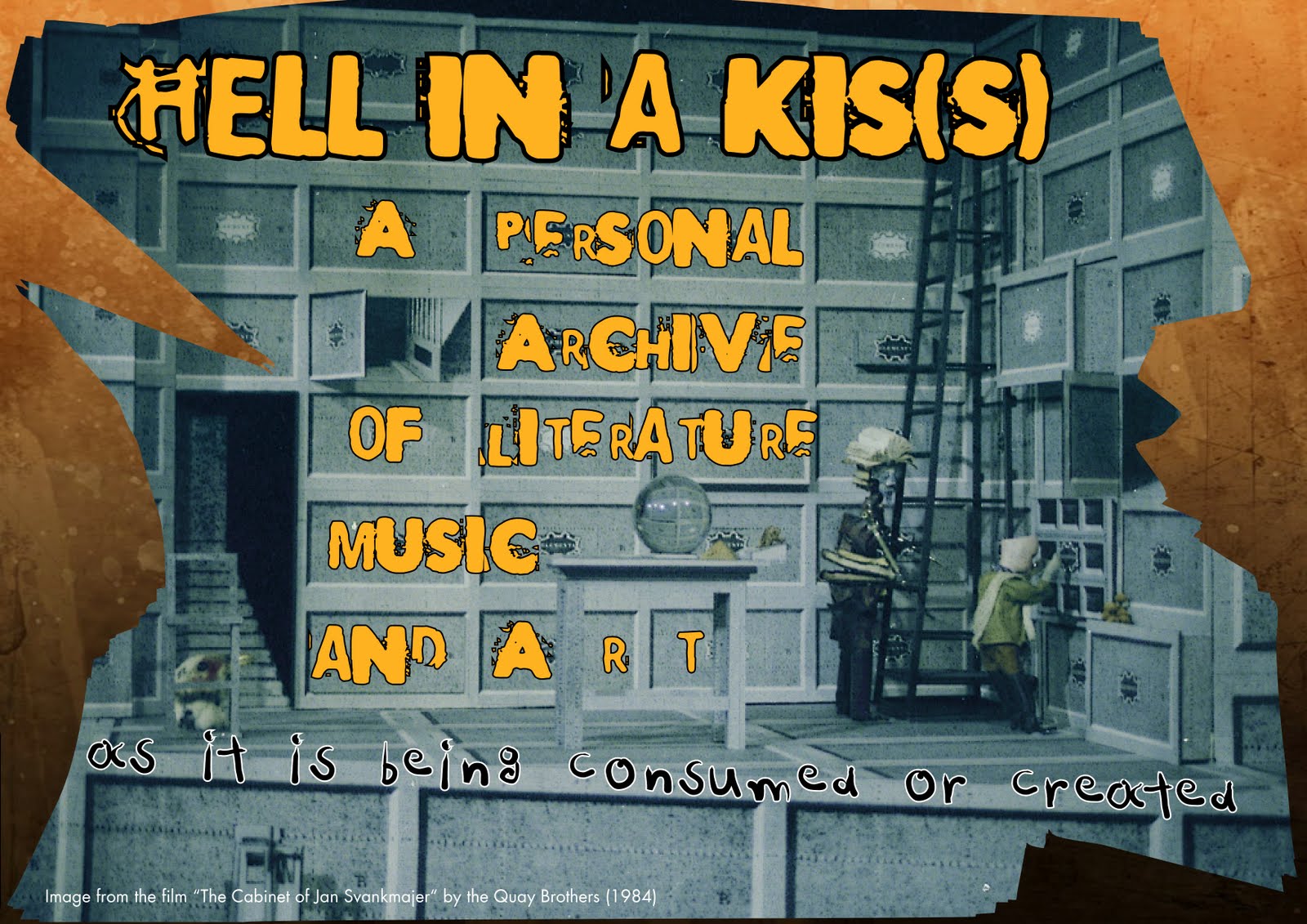The following article was published in the Luxemburger Wort on 20/05/2016:
" The obituary of Adalbert Boros may be long forgotten by
some: it was published in the "Luxemburger Wort" on Tuesday, April
26, 2013. Located on page 58 at the bottom left of the newspaper, the text was
written by the Servior care facility "Am Schleesschen" of Echternach,
where Adalbert spent his final days.
But for those who remember him, Adalbert would have
celebrated his 85th birthday this past May 18.
Adalbert wasn't originally from Luxembourg. He wasn't a
great politician, a famous artist or even an officer of a large company--but
his death saddened many, as was evident by the outpouring of sympathy on
Facebook.
A day after the obituary was printed, no less than 620
people shared the photo of the funeral announcement on the social media
network--and that's not even including all the comments users left.
An engineer before ending up in the streets
Adalbert was homeless, or a "Strummert", as they
say in Luxembourgish. And he was probably the most well-known of all the
"Strummerten" in Luxembourg.
He was a real personality, a man who was intelligent and
cultivated, but one day he decided to become an outsider in society.
Adalbert, also called Albert, was born in Hungary on May 18,
1931. In 1955, at the age of 24, he arrived in Luxembourg, his engineering
degree under his belt.
He helped build the
Grand Duchess Charlotte Bridge--better known as the Red Bridge--a
project which was the result of an international competition launched by the
Luxembourg government in 1957 and commissioned in October 1966. Adalbert also
worked as an engineer at the dam on the Esch-sur-Sûre lake, which was
inaugurated in 1957.
No one can say exactly when Albert found himself living on
the streets. His new home was the Luxembourg City train station, where he slept
and spent most of his time. It was only towards the end of his life that he
took refuge at the Ulysses centre, where he could find warmth at night.
A great teacher for students
It was students that helped contribute to his fame. Given
his knowledge of mathematics, Adalbert soon became a sort of relief for
students, as Gilles Klein explained: "Many of us asked him for help. As
for me, I paid him 50 Luxembourg francs, and he helped me with my homework in
mathematics or geometry.
"Others gave him cigarettes. We would get settled
inside the station or on a bench in front of the station. He never wanted to go
to a cafe, but he took the necessary time to explain everything."
Albert was not, however, very talkative when it came to his
own life. Klein recounts: "When I asked him the question to know why he
lived in the streets, he dodged the issue and told me it was better that I concentrate
on my homework. It was at the end of the late 1970s. Once I asked him how long
he had been living this way. He told me around 10 years. He already had a long
beard and was getting old."
Some say it was because he would not have supported the fact
that people committed suicide from the bridge that he had moved on and dropped
everything. What is certain is that he did not like to be reminded of his past.
An anecdote comes from Marcel Noe, in charge of the Am
Schleeschen care facility where Adalbert had lived in the last years leading up
to his death, who describes an event that took place on August 1, 2006: "I
wanted to please him by hanging a picture of the Grand Duchess Charlotte Bridge
in his room. It took me by great surprise when he vehemently struggled against
this initiative...we understood that he preferred not to be reminded too much
of his past."
His last years in Echternach
Marcel Noe continued: "At first, we thought it was
difficult to bring in someone from the street, but it was nothing. Albert liked
to be alone. He regularly went to mass. He had his rituals, he was precise and
didn't like us to change anything, even the seating plan. He was very
suspicious of others, and you had to already know him to get into contact with
him. That said, he had a big heart and cared for others when he felt they
needed it."
Many people probably thought he was dead prior to seeing the
announcement in the "Luxemburger Wort".
"We had a lot of telephone calls when the announcement
appeared in the paper. I knew he was someone famous, but it always surprised me
even more because he didn't have any family. This is also why we insisted that
a funeral mass take place in his honour," Noe said.
Noe accompanied Adalbert the last days before his death,
during which time Albert said he hadn't been feeling well. "Yet he didn't
want to be hospitalised," Noe said. "He just said he was going to
die. He fell asleep peacefully.""


















































